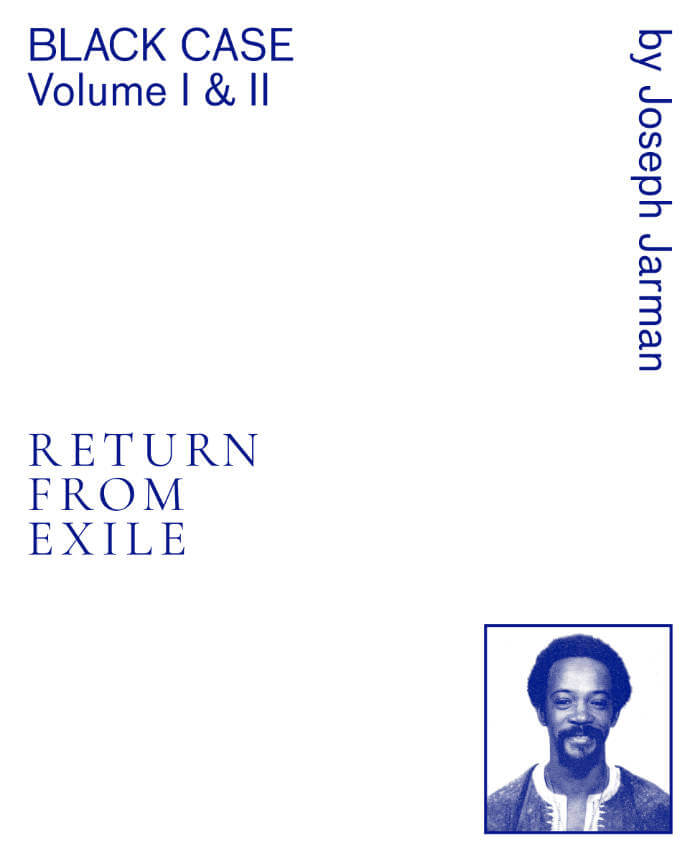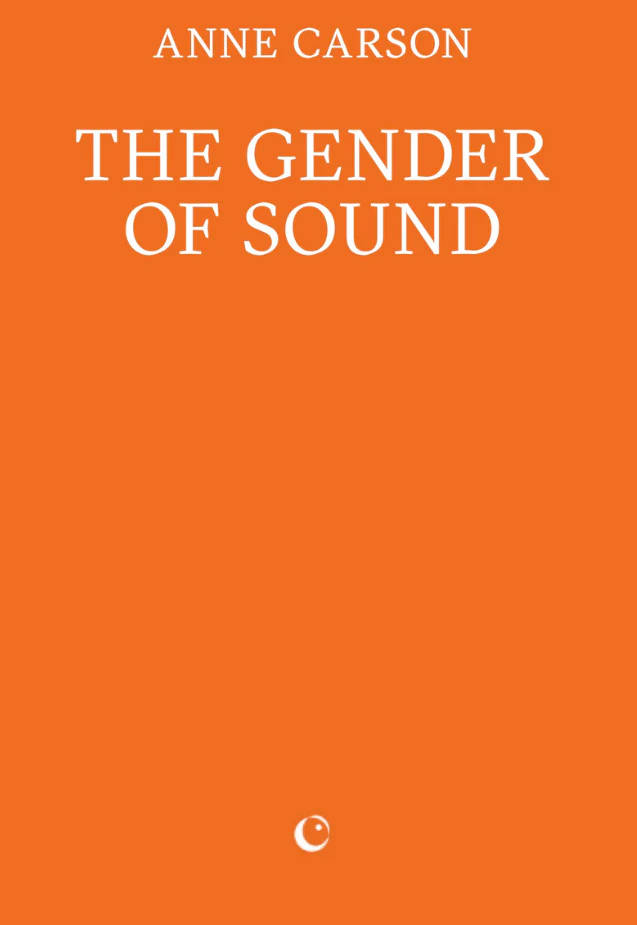
England's Hidden Reverse: A Secret History of the Esoteric Underground
This newly expanded edition of England's Hidden Reverse, the classic exploration of the English esoteric musical underground that includes the first, and only, biographies of Coil, Current 93, and Nurse With Wound, is based on exclusive interviews and unprecedented access to all three bands' personal archives.
Together, these genre-defying bands and their circles represent the English underground in all its cultural, artistic, and sexual variety. Over four decades, the three intertwined groups have maintained a symbiotic, yet uneasy, relationship with the mainstream of popular culture, even as their music, beliefs, and practices have repelled them from it. Theirs was a clandestine scene whose work accents the many occulted peculiarities of Englishness that flow through generations of outsiders, channeling personalities as diverse as Aleister Crowley, Arthur Machen, Joe Orton, Shirley Collins, Björk, and Marc Almond. The story of this Hidden Reverse has, necessarily, remained a secret. Until now.
This new volume contains almost 100 pages of extra material culled from Furfur, a collection of interviews with musicians and artists whose careers intersected with the bands', initially published alongside Strange Attractor's first limited edition of the book.




